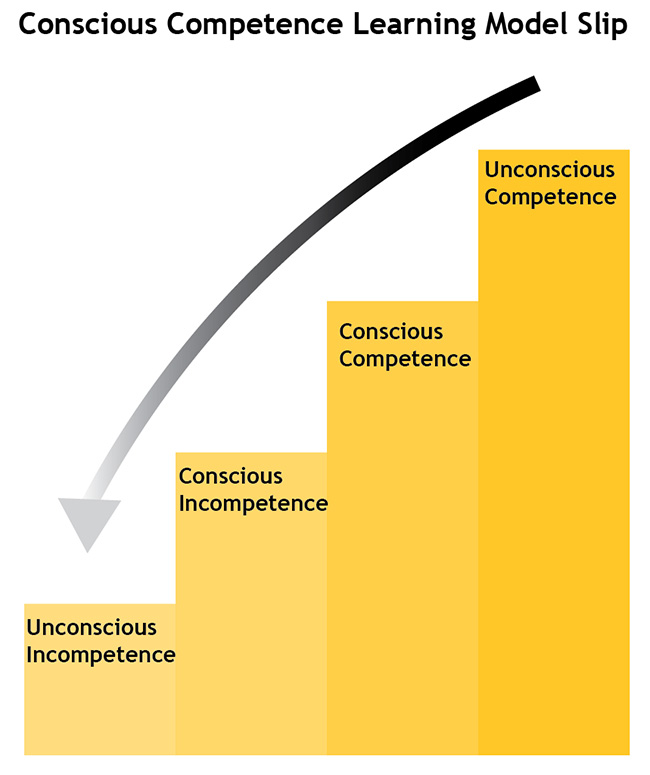What Are the Benefits of Implementing Reflection Practices for Learning?
by Michelle Head, CETL Scholarly Teaching Fellow for Reflective Practices
This article is part of the larger, Reflective Practices for Teaching.
The well-known conscious competence learning model shows the four steps of developing professional skills:
- Unconscious Incompetence
- Conscious Incompetence
- Conscious Competence
- Unconscious Competence
However, unconscious competence can easily slip back to unconscious incompetence without constant improvement and updates of our professional skills. This is why we want to reflect on and improve our practice (Bassot, 2016).

The benefits of continuous reflection of bountiful. Here are a few ways your students may be impacted by engaging in ongoing reflection in your course.
Reflective practice can:
- Enhance deep thinking
- Help to evaluate and develop practice
- Prevent stagnation and foster growth
- Bring creative ideas about the practice
- Enhance self-awareness
- Become aware of assumptions
- Serve as a tool for supervision
- Enhance skill and knowledge development
Reference
Bassot, B. (2016). The reflective practice guide: An interdisciplinary approach to critical reflection.





